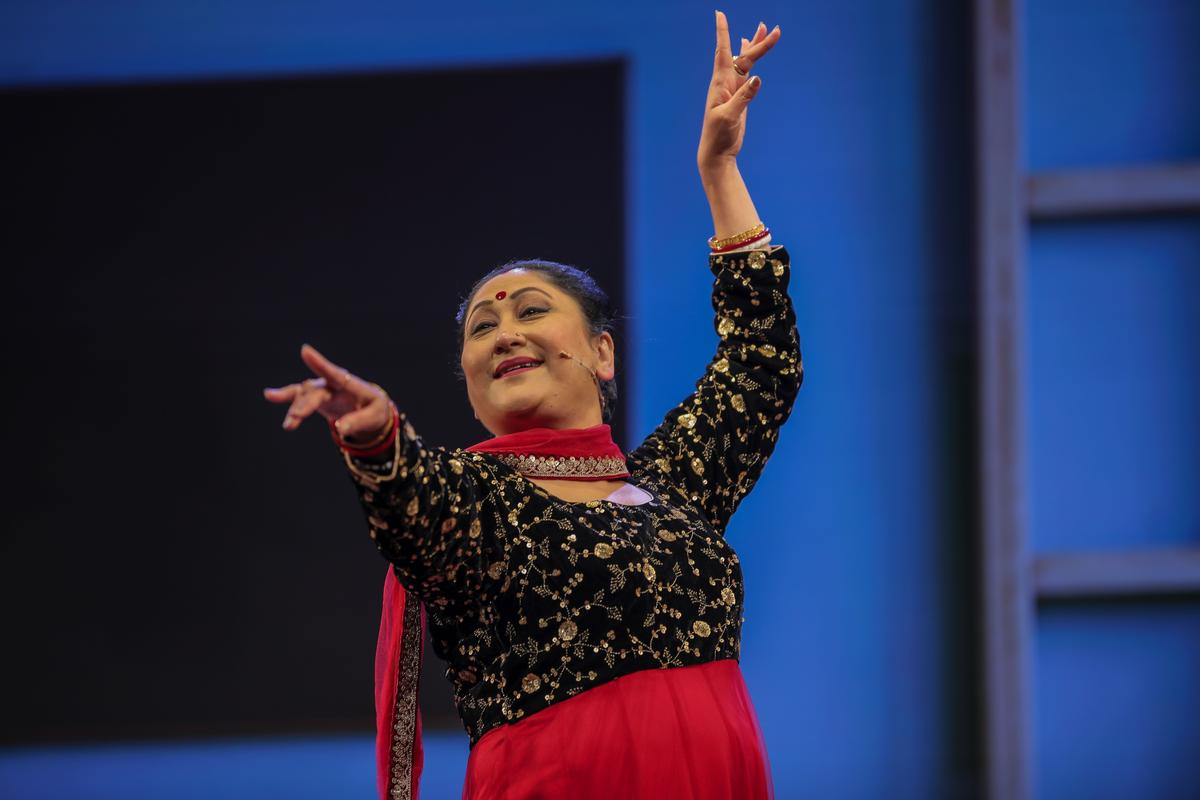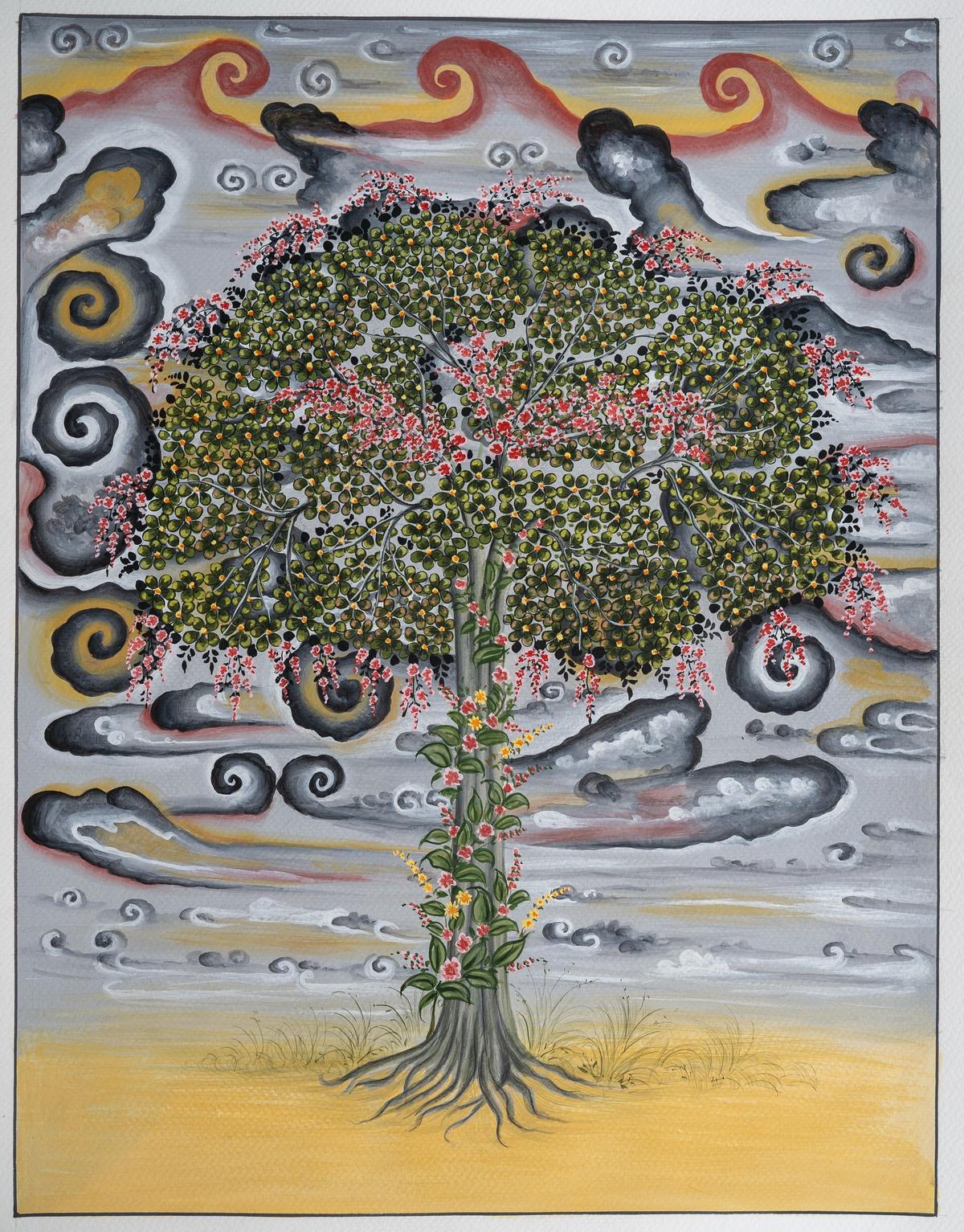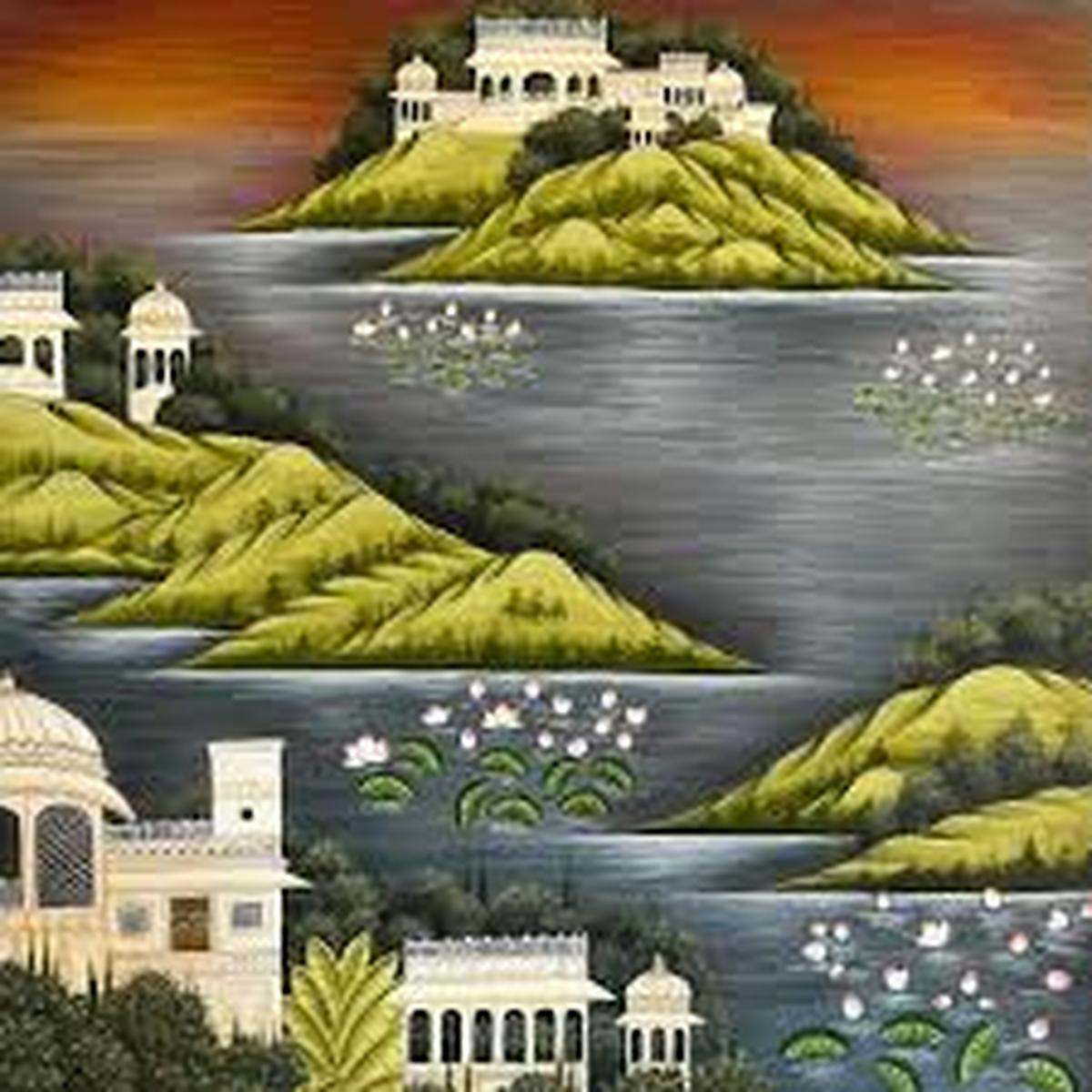Jayati Bhatia stepped into the world of television in the ‘90s and still rules the screen. She has been a constant in shows including Kasautii Zindagii Kay, Jassi Jaisi Koi Nahin and Tu Tu Main Main. She has also been part of streaming shows such as Dahaad and Heeramandi. Jayati shows her versatility in her diverse roles whether as the lead in her debut series, Kanyadaan, as badi maa in Sasural Simran Ka 2 or as Phatto in Heeramandi.
Jayati was in Bengaluru for the musical, Blame It On Bollywood. Talking to Jayati over the phone gives you a sense of the actor’s tight schedule and her skill at multitasking. One can hear the make-up artist’s crisp instructions, as well as another voice, saying the shot is ready.
It was Blame It on Bollywood’s 112th show in Bengaluru. “When you have repeat shows, as theatre person, you approach each as a new show. It has a new energy. You also make new mistakes and since theatre is live, every performance becomes different. You think you will act a certain way, but once on stage, it becomes a roller-coaster ride that can just take you anywhere. That is the most exciting part about theatre—while you are doing the same show over and over again, you feel like it’s your very first show.”
Being known for her television, theatre and dance work is an advantage, says Jayati. “I am not perceived as a new face on a web series. I bring a certain kind of experience in character building on set. Being a familiar face also helps break ice on new sets while bringing its share of adulation and love.”
About the stereotypical portrayal of women on the small screen, Jayati says, “Television is an aspirational space where the family stands by you when you need them and vice versa. When people tell me, women subjugating women on television is a menace, I ask them, ‘isn’t this what is happening in families too?’ Yes, we do present these scenes dramatically, yet, at the end of the day, the heroine of every show aspires to be educated, become financially independent and take care of the family.”
Working with Sanjay Leela Bhansali on Heeramandi was amazing Jayati says. “I was shivering with excitement on the first day on sets. I had worked with his leading ladies on Saawariya, Goliyon Ki Raasleela Ram-Leela and Malaal, for their character building and had met Bhansali.”
Heeramandi, Jayati says, was a great opportunity. “Working with Manisha Koirala was an experience that stumped me and reiterated my faith as an actor. She is such a big name and a wonderful actor, yet she was so invested in her character. This helped me perform with the same passion. There was a ripple effect as we resonated with each other as artists.”

Jayati in a scene from the musical ‘Blame it on Bollywood’
| Photo Credit:
Special Arrangement
Bhansali is like an artist, Jayati says. “He paints every frame. He has an eye for detail and is completely involved in his work. He demands the same level of commitment from his actors. My eyes always followed him, I would watch in awe as he set up a sofa, adjusted a fold in a curtain or the way a dupatta is draped over an actor’s shoulder.”
Bhansali would even choose costumes and work on the colouring of the fabric against the light and makeup, Jayati says. “Observing him at work has been fascinating and a great learning experience. I never once felt out of place, but was pushed towards excellence.”
Working with Bharat Dabholkar on Blame it on Bollywood, Jayati says was a different ball game. “He and his team would be sharing noodles, coffee, joking and rehearsing. This was a fun aura. When I asked him why there was no seriousness, Bharat said he likes working in a college campus like atmosphere, where people are having fun yet doing serious work. After that, I did not question him or his method.”
Published – April 10, 2025 09:46 am IST




































